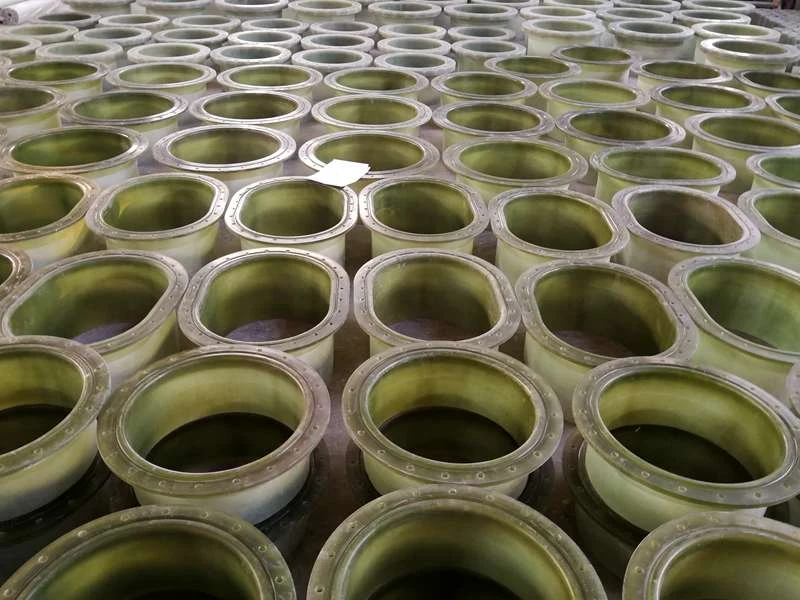
-
 Afrikaans
Afrikaans -
 Albanian
Albanian -
 Amharic
Amharic -
 Arabic
Arabic -
 Armenian
Armenian -
 Azerbaijani
Azerbaijani -
 Basque
Basque -
 Belarusian
Belarusian -
 Bengali
Bengali -
 Bosnian
Bosnian -
 Bulgarian
Bulgarian -
 Catalan
Catalan -
 Cebuano
Cebuano -
 China
China -
 China (Taiwan)
China (Taiwan) -
 Corsican
Corsican -
 Croatian
Croatian -
 Czech
Czech -
 Danish
Danish -
 Dutch
Dutch -
 English
English -
 Esperanto
Esperanto -
 Estonian
Estonian -
 Finnish
Finnish -
 French
French -
 Frisian
Frisian -
 Galician
Galician -
 Georgian
Georgian -
 German
German -
 Greek
Greek -
 Gujarati
Gujarati -
 Haitian Creole
Haitian Creole -
 hausa
hausa -
 hawaiian
hawaiian -
 Hebrew
Hebrew -
 Hindi
Hindi -
 Miao
Miao -
 Hungarian
Hungarian -
 Icelandic
Icelandic -
 igbo
igbo -
 Indonesian
Indonesian -
 irish
irish -
 Italian
Italian -
 Japanese
Japanese -
 Javanese
Javanese -
 Kannada
Kannada -
 kazakh
kazakh -
 Khmer
Khmer -
 Rwandese
Rwandese -
 Korean
Korean -
 Kurdish
Kurdish -
 Kyrgyz
Kyrgyz -
 Lao
Lao -
 Latin
Latin -
 Latvian
Latvian -
 Lithuanian
Lithuanian -
 Luxembourgish
Luxembourgish -
 Macedonian
Macedonian -
 Malgashi
Malgashi -
 Malay
Malay -
 Malayalam
Malayalam -
 Maltese
Maltese -
 Maori
Maori -
 Marathi
Marathi -
 Mongolian
Mongolian -
 Myanmar
Myanmar -
 Nepali
Nepali -
 Norwegian
Norwegian -
 Norwegian
Norwegian -
 Occitan
Occitan -
 Pashto
Pashto -
 Persian
Persian -
 Polish
Polish -
 Portuguese
Portuguese -
 Punjabi
Punjabi -
 Romanian
Romanian -
 Russian
Russian -
 Samoan
Samoan -
 Scottish Gaelic
Scottish Gaelic -
 Serbian
Serbian -
 Sesotho
Sesotho -
 Shona
Shona -
 Sindhi
Sindhi -
 Sinhala
Sinhala -
 Slovak
Slovak -
 Slovenian
Slovenian -
 Somali
Somali -
 Spanish
Spanish -
 Sundanese
Sundanese -
 Swahili
Swahili -
 Swedish
Swedish -
 Tagalog
Tagalog -
 Tajik
Tajik -
 Tamil
Tamil -
 Tatar
Tatar -
 Telugu
Telugu -
 Thai
Thai -
 Turkish
Turkish -
 Turkmen
Turkmen -
 Ukrainian
Ukrainian -
 Urdu
Urdu -
 Uighur
Uighur -
 Uzbek
Uzbek -
 Vietnamese
Vietnamese -
 Welsh
Welsh -
 Bantu
Bantu -
 Yiddish
Yiddish -
 Yoruba
Yoruba -
 Zulu
Zulu
tools for drilling through rock in tunnels, specifically designed ...
Tools for Drilling Through Rock in Tunnels A Comprehensive Overview
Tunnel construction is a significant engineering endeavor, facilitating transportation and utility corridors beneath the earth’s surface. One of the most challenging aspects of this process is drilling through rock, which requires specialized tools designed to withstand extreme conditions and achieve precise results. This article explores the various tools employed in drilling through rock in tunnels, highlighting their designs and functionalities.
At the forefront of tunnel drilling technologies are tunnel boring machines (TBMs). These massive machines are equipped with rotating cutter heads that break rock with precision and efficiency. TBMs are specifically designed for different geological conditions, leveraging various types of cutters—such as disc cutters for hard rock and sharp, pointed bits for softer materials. By employing hydraulic and mechanical forces, TBMs can excavate significant lengths of tunnel while simultaneously supporting the surrounding structure, reducing the risk of collapse.
In addition to TBMs, drill rigs play a critical role in the initial phases of tunnel excavation. These rigs are equipped with rotary drills that use a drilling mud system to lubricate and cool the drill bit as it penetrates rock. Rotary drilling is particularly effective for rock formations that are too hard for conventional digging methods. The versatility of drill rigs allows them to operate in various conditions, making them an essential tool in tunneling projects.
tools for drilling through rock in tunnels, specifically designed ...

Another innovative tool utilized in tunnel drilling is the continuous miner. Commonly used in underground mining, continuous miners feature sharp, rotating drums that can cut and gather rock simultaneously. This dual functionality streamlines the excavation process, making it efficient for shorter tunnel projects. While primarily used in mining, continuous miners have crossed over into civil engineering projects, showcasing their adaptability.
Moreover, specialized drilling bits, such as diamond-tipped bits, are employed for particularly challenging rock types. These bits contain industrial diamonds that enhance cutting efficiency and extend the lifespan of the tool. Diamond drilling is particularly useful for creating precise boreholes for exploratory purposes, allowing engineers to assess rock conditions before large-scale excavation begins.
Lastly, advancements in technology have introduced remote-controlled and automated tools into tunnel drilling operations. These innovations enhance safety by allowing operators to manage drilling processes from a safe distance, minimizing exposure to hazardous environments. Integration of real-time data analytics further optimizes drilling performance, enabling teams to make informed decisions on-the-fly.
In conclusion, the tools used for drilling through rock in tunnels are varied and sophisticated, reflecting the unique challenges posed by subterranean environments. From tunnel boring machines to innovative bits and automated systems, the evolution of drilling technologies continues to enhance the efficiency and safety of tunnel construction. As engineering demands grow, the development and application of these specialized tools will undoubtedly play a crucial role in the future of infrastructure projects worldwide.
Latest news
-
Exploring the Benefits of Top Hammer Drifter Rods for Enhanced Drilling PerformanceNewsJun.10,2025
-
High-Precision Fiberglass Winding Machine for GRP/FRP Pipe Production – Reliable & Efficient SolutionsNewsJun.10,2025
-
FRP Pipes & Fittings for Shipbuilding - Corrosion-Resistant & LightweightNewsJun.09,2025
-
Premium FRP Flooring Solutions Durable & Slip-ResistantNewsJun.09,2025
-
Premium Fiberglass Rectangular Tanks Durable & Lightweight SolutionNewsJun.09,2025
-
Tapered Drill String Design Guide Durable Performance & UsesNewsJun.09,2025









